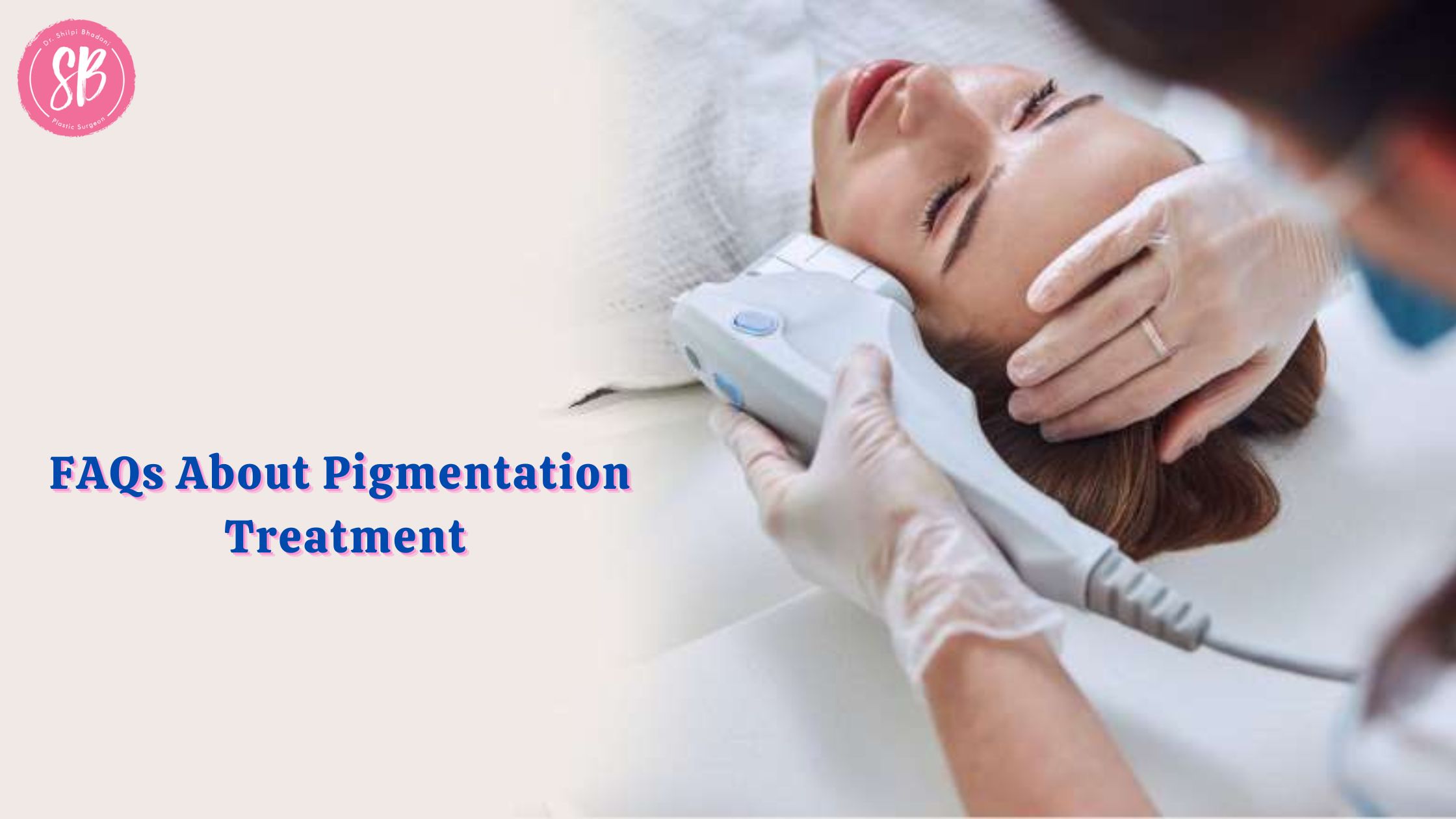The variation of human skin colors is primarily attributed to genetics, with the amount of melanin in skin cells determining its shade. Pigmentation, a common skin concern, prompts questions and curiosity. Experts like Dr. Shilpi Bhadani, a distinguished figure in pigmentation laser treatment in Gurgaon, lends her expertise to answer frequently asked questions and unveil the mysteries surrounding pigmentation.
Can Skin Color be Classified Based on a Scale?
The Fitzpatrick classification stands as the quintessential yardstick for classifying skin color. Graded from I to VI, this scale categorizes skin hues based on their tanning response. This classification, rooted in the skin's tanning behavior, serves as a valuable tool in understanding and assessing skin diversity.
Why Do Brown Spots and Patches Appear?
The emergence of brown spots or patches, often a cause for concern, can be attributed to an array of factors. Sun damage, inflammation, injuries, hormone-induced pigmentation like melasma, and genetic predisposition can all contribute. Endocrine disorders, such as Addison's disease, which triggers excess melanin production, can lead to hyperpigmentation issues.
Various types of hyperpigmentation encompass freckles, melasma, post-inflammatory hyperpigmentation, Nevus of ITO or OTA, and periorbital hyperpigmentation (dark circles). Actinic keratosis, age-related scaly spots that appear after 40, may raise concerns, but they are generally non-cancerous and require vigilant monitoring.
What Are the Treatment Options for Hyperpigmentation?
When seeking treatment for hyperpigmentation, consultation with a seasoned professional is paramount. While some cases, like post-surgical or post-procedural hyperpigmentation, resolve naturally, many options exist for more persistent issues. Topical applications featuring hydroquinone or retinoids can aid in lightening and mitigating pigmentation. In-clinic treatments, including lasers and peels, are effective for those seeking comprehensive results.
How Do Lasers Contribute to Pigmentation Treatment?
Laser therapy emerges as a potent solution, targeting the root cause of hyperpigmentation—melanin. Q-switched lasers, approved by the USFDA, offer targeted treatment, dismantling melanin and eventually leading to skin lightening and clearance. The principle of ‘selective photo thermolysis ensures that only melanin-rich cells are affected, leaving surrounding tissues unharmed.
Addressing the psychological toll of pigmentation is as essential as its treatment. Combined treatment approaches, coupled with diligent sunscreen use, offer a holistic solution. Sun protection is often overlooked in India, warranting reinforced awareness. Embracing higher sun protection post-procedure and adopting multi-faceted treatments significantly aids in pigmentation management.
Conclusion
Cutting-edge treatments, led by lasers and expert-guided treatments, pave the way toward clearer, more even-toned skin. Embarking on the journey toward radiant skin involves not only scientific advancements but also the diligent adoption of preventative measures. Sunscreen and comprehensive post-procedure care underscore the commitment to luminous skin. As science and skincare merge, the road to conquering pigmentation becomes an enlightened path toward self-assurance and beauty.
One can consult SB Aesthetics, the most renowned plastic surgery clinic in Gurgaon that has a proven track record of successful skin whitening treatment results. Visit the clinic today to learn about the treatment in detail.







